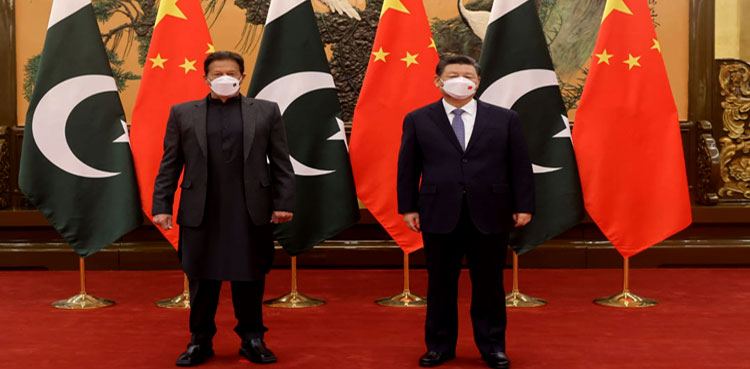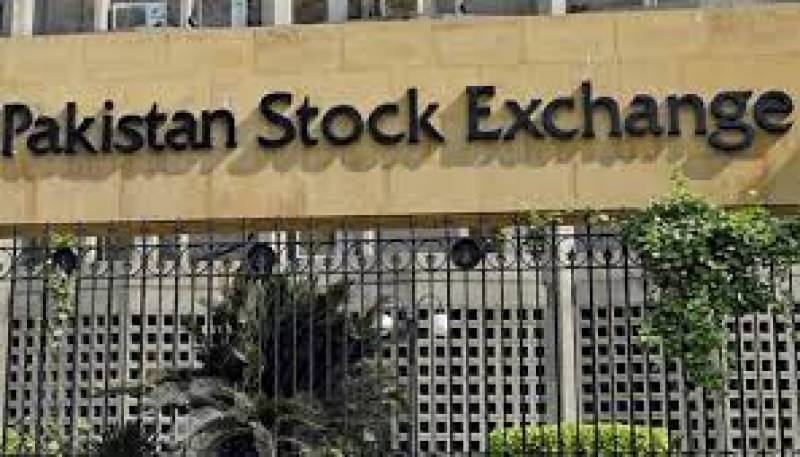سڈنی (رائٹرز) – ایشین اسٹاک نے پیر کو ہفتے کا نرم آغاز کیا جب کہ تیل اور یورو دباؤ میں تھے، کیونکہ یورپ میں COVID-19 پابندیوں کی واپسی اور امریکی فیڈرل ریزرو کی جانب سے تیزی سے کم کرنے کی بات نے سرمایہ کاروں کو چوکس کر دیا۔
Oil futures skidded about 1% at the open, sending Brent crude and US crude to seven-week lows of $78.05 and $74.76 respectively amid oversupply concerns.
آسٹریلوی حصص 0.4 فیصد گر گئے، جس کی قیادت بینک سٹاک میں ہوئی ہے۔ جاپان کا نکی 0.3 فیصد نیچے تھا اور MSCI کا ایشیا پیسیفک حصص کا وسیع ترین انڈیکس فلیٹ تھا۔
سڈنی میں نیشنل آسٹریلیا بینک کے اسٹریٹجسٹ روڈریگو کیٹرل نے کہا، "یورپ اور یورپی معیشت کی لچک پر سوالیہ نشانات ہیں، جو کہ ہفتے کے آخر میں مظاہروں اور انفیکشن کی شرح میں اضافہ ہوا ہے۔"
Over time, the importance of oil prices in economic analysis has changed for both financial markets and central banks. Oil is now viewed as more than simply a raw material for production; it is also a financial asset and a gauge of the state of the world economy. Therefore, information on the condition of the global business cycle and the sentiment of the global financial markets can be obtained from a high frequency structural decomposition of the oil price. In this work, we create a technique to pinpoint the structural causes of daily and real-time changes in oil prices.
The identification strategy combines techniques related to instrumental variables, narrative limitations, and signs. We take into consideration that oil has two distinct identities: it is a financial asset and a physical commodity. We achieve this by utilizing data on asset pricing, oil production, and worldwide economic activity. The model provides fresh perspectives on how the price of assets and the price of oil are related.
یہ بھی پڑھیں برینٹ خام تیل کی قیمت 80 ڈالر فی بیرل سے بڑھ گئی۔





